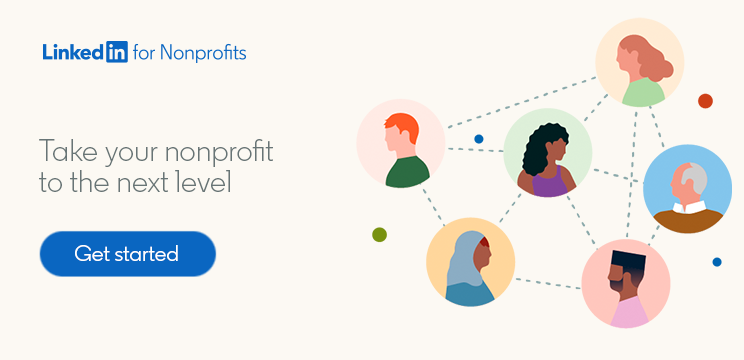
How Nonprofits Can Foster a Culture of Continuous Learning in a Remote Environment
In the early months of the COVID-19 pandemic, many nonprofits were preoccupied with figuring out how to handle day-to-day operations remotely and plug any gaps left behind by canceled or postponed events. But with many teams now entering their sixth month of working from home, the focus has shifted away from immediate challenges (which have largely been resolved) and toward longer-term solutions—like how to train and develop employees remotely.
While some aspects of nonprofit life (like in-person fundraisers) have been put on hold for the foreseeable future, learning and development (L&D) opportunities should not be among them. L&D plays a crucial role in everything from succession planning to talent attraction and retention at nonprofits. In fact, according to LinkedIn’s 2019 Workplace Learning Report, 94% of employees would stay longer at an organization if it invested in their learning and development.

Modern L&D solutions like online courses and webinars are well-suited to a remote work environment—but there’s more to professional development than sending employees a video or link. To get the most out of your L&D initiatives, here are some steps you can take to foster a culture of continuous learning that empowers and motivates employees to refine their skills.
Adopt agile solutions that reflect the needs of the moment
The past few months have brought a range of new challenges and experiences for nonprofit employees. Tailoring your L&D offerings to your team’s current needs and concerns can make the training feel more relevant and useful, encouraging active participation.
Creating L&D content from scratch ensures it’s closely aligned to your organization, but it can be time-consuming. It’s often no good delivering a webinar a month after an employee brings up an issue, as they may have figured out a solution on their own by then.
To build agility into your program, ask your employees what kind of challenges they’re facing and which skills they’re interested in learning, and look for on-demand options that match their needs. With LinkedIn Learning, for example, employees have access to thousands of courses covering a wide range of topics, from data analytics to web design to time management strategies for remote workers. Team leaders can also create custom Learning Paths that compile a series of videos they think could benefit their team.
It’s also worth encouraging employees to explore interests beyond the immediate requirements of their jobs. This shows that you’re truly invested in their personal and professional development, even if it doesn’t immediately benefit the organization—though in many cases, they may pick up skills that prove useful in the future.
Let employees decide when and for how long they learn
Even if your entire team is currently working from home, individual circumstances can vary significantly. This makes it important to build flexibility and choice into your L&D program to ensure it doesn’t put more pressure on some employees than others.
For example, while some employees may prefer blocking off a few hours in the afternoon to focus on skills development, those caring for children or older relatives may find it more convenient to learn in short burst throughout the week. Make sure your team knows they can fit the program around their schedule, and opt for content that can easily be broken up into bite-sized chunks or clearly defined chapters so employees don’t lose track of their progress.

Establish learning goals and reward participation
While it’s important to ensure your L&D program doesn’t put undue pressure on employees, especially during a period when their stress and anxiety levels may be higher than usual, it’s also important to show you take skills development seriously. If L&D initiatives are introduced and never followed up on, employees may get the impression that the organization doesn’t really value them.
To strike the right balance, work with employees to establish individualized yet flexible learning goals. Since it may harder to track what employees are learning while they’re working from home, have regular discussions about their progress during virtual one-on-ones, and be sure to recognize and reward skills development achievements during performance reviews. But don’t punish employees who don’t meet their goals, as they may have been dealing with conflicting priorities or personal circumstances that you’re unaware of. Instead, find out if there’s anything they need and let them know that you support them and want to help them advance their career.
Talk about learning openly and often
One of the best ways to build continuous learning into the foundations of your organizational culture is to talk about it regularly.
During all-hands meetings, encourage leaders to discuss what they’ve learned recently, what books they’re reading, and what skills they want to improve. This sends a powerful message to employees that your nonprofit values and prioritizes L&D. Building collaborative elements into your L&D initiatives—like a team Slack channel where employees can share their learning journey—can also make remote learning feel less lonely and more fun.
For more tips and insights about how to strengthen your nonprofit team, subscribe to the LinkedIn for Nonprofit blog today.

